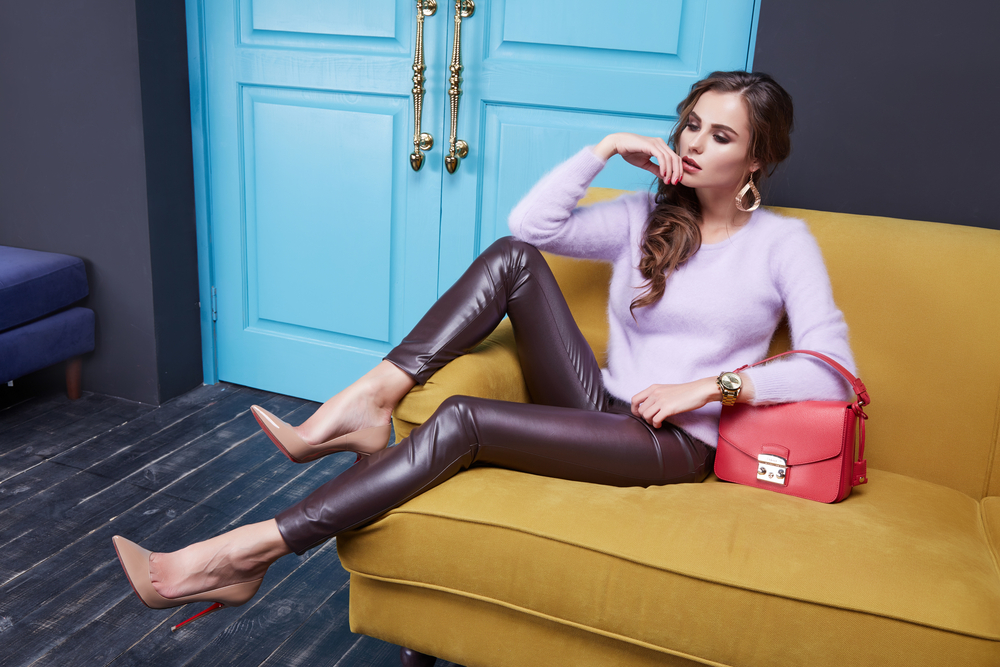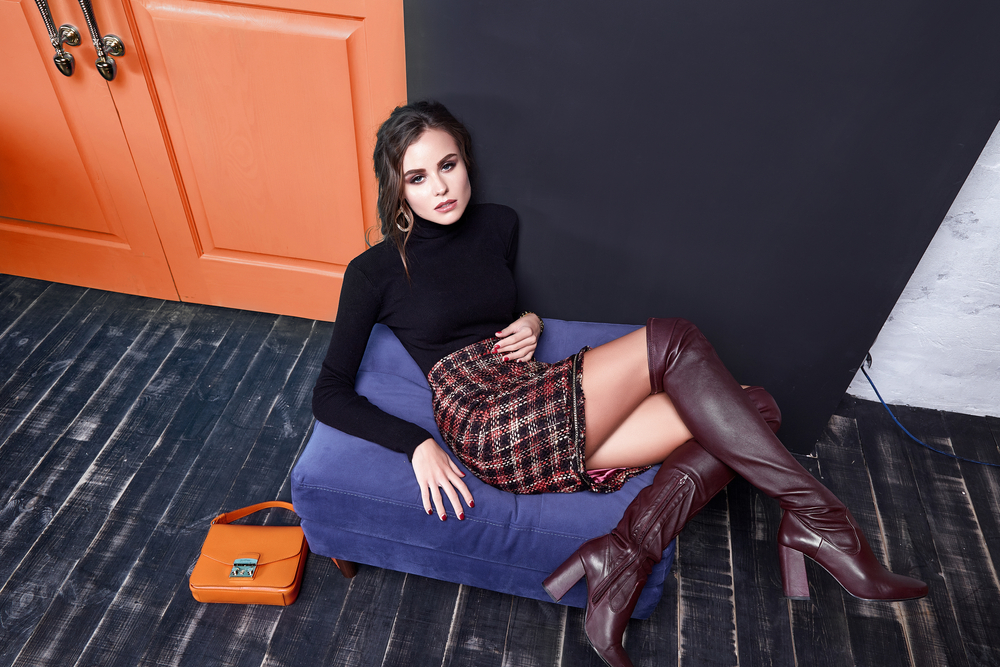
The Art of Modeling: Unveiling the Secrets Behind the Runway Glamour
The Art of Modeling: Unveiling the Secrets Behind the Runway Glamour
The world of modeling is both fascinating and mysterious. From the glamorous runway shows to the high-end fashion campaigns, models seem to effortlessly exude confidence and beauty. But behind the scenes, there is a lot more than meets the eye. In this article, we will delve into the art of modelling , exploring the secrets and techniques that make these individuals the epitome of style and grace.
The Basics of Modeling
Before we delve into the secrets behind the runway glamour, let's start with the basics of modeling. Modeling can be defined as the act of showcasing clothing, accessories, or beauty products through poses, movements, and facial expressions. It is a form of visual storytelling, where the model becomes a canvas for the designer's vision.
There are several types of modeling, including fashion, commercial, editorial, and runway. Each branch has its own distinct requirements and purposes. Fashion modeling focuses on high-end clothing and often involves participating in runway shows and fashion campaigns. Commercial modeling, on the other hand, is more diverse and can involve showcasing products in TV commercials or print ads.
The Secrets Behind the Runway Glamour
Now, let's unravel the secrets that make the runway glamour so captivating.
Confidence is Key
Modeling requires a great deal of confidence. The ability to command attention and radiate self-assurance is essential. Models spend hours refining their posture, walking style, and body language to exude that effortless confidence on the runway. They undergo extensive training to perfect their walk, known as the "catwalk strut," and learn to convey emotions through facial expressions and body movements.
Fitness and Health
To maintain the desired physique and look, models focus on leading a healthy lifestyle. Exercise, balanced nutrition, and proper skincare routines are at the core of a model's daily routine. Regular workouts not only help in achieving a toned physique but also boost confidence and poise. Models often work closely with personal trainers and nutritionists to ensure they maintain the required level of fitness.
Professionalism and Adaptability
Models are professionals, and they treat their craft with dedication and discipline. They understand the importance of being punctual, reliable, and adaptable in the fast-paced fashion industry. Models have to constantly adapt to different working environments, styles, and creative directions. This adaptability allows them to seamlessly transition from one project to another, ensuring they meet the expectations of the designers and clients they work with.
Posing Techniques
Modeling is an art form that requires knowledge of various posing techniques. Models have to master the art of posing to highlight the clothing or product they are showcasing. They learn to elongate their silhouette, emphasize curves, and convey different moods while maintaining a natural and effortless look. Understanding the angles, lines, and the play of light is crucial to creating visually appealing images or walking down the runway with grace.
Networking and Building Relationships
Networking plays a vital role in the success of a model. Building strong relationships with photographers, designers, casting directors, and other industry professionals is integral to securing new opportunities. Models attend events, fashion shows, parties, and other industry gatherings to establish connections and expand their professional network.
Frequently Asked Questions
Now, let's address some common questions often asked about modeling:
Q1: How tall do you need to be to become a model?
A1: While there is no specific height requirement for all types of modeling, fashion models generally need to be at least 5'9" (175cm) for women and 6'0" (183cm) for men. However, there are exceptions, and models of various heights can find success in commercial or niche modeling.
Q2: Do you need professional training to become a model?
A2: While professional training can be beneficial, it is not a mandatory requirement to become a model. However, attending modeling classes or workshops can help individuals develop essential skills, learn posing techniques, and gain confidence.
Q3: Is modeling only for the young?
A3: While the fashion industry traditionally favors younger models, there is a growing demand for diverse talent of all ages. From "silver foxes" to curvy models, the industry is evolving, embracing age inclusivity and diversity.
Q4: How can I start a career in modeling?
A4: Starting a career in modeling requires patience, perseverance, and determination. Building a strong portfolio, attending open casting calls, approaching reputable modeling agencies, and networking with industry professionals can help kickstart your modeling journey.
Q5: Can anyone become a model?
A5: Modeling is a highly competitive industry, but with the right attitude and dedication, anyone can potentially pursue a career in modeling. It is important to remember that diversity is valued in the industry, and there are opportunities for individuals of different sizes, heights, and ethnicities.
In conclusion, the art of modeling goes beyond just looking good. It requires skill, dedication, and the ability to adapt to the ever-changing fashion industry. Models strive to perfect their craft, master posing techniques, and radiate confidence on the runway. Behind the enchanting glamour, there is a world of hard work and professionalism. Whether it's strutting down the catwalk or appearing in a TV commercial, models bring life to the designer's vision and captivate audiences worldwide.
Other useful resources
- https://en.wikipedia.org/wiki/Category:Modeling_(profession)
- https://www.planetmodelphoto.com/models/modeling/usa/charlotte/nc-north-carolina

- https://www.planetmodelphoto.com
- https://en.wikipedia.org/wiki/Modeling_agency